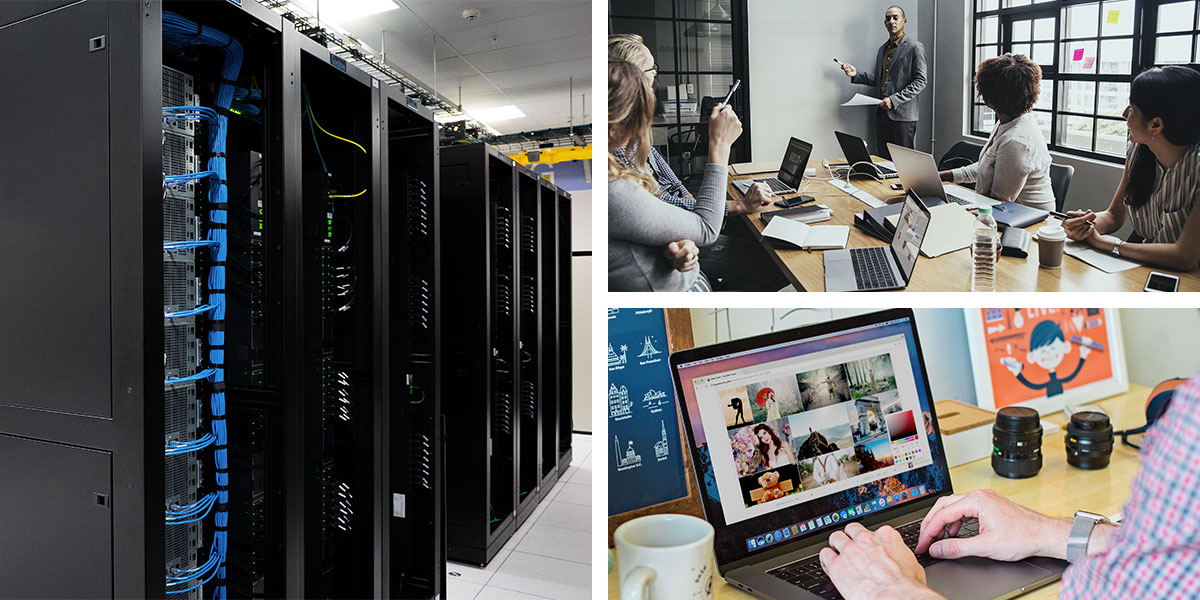How to Ensure Your DAM and Archive Systems Will Work Hand in Hand
With today’s fast-paced demands for media production, content creators are often so focused on the tasks in front of them that once a project is done they are already looking to the next one. However, often overlooked in the content-creation pipeline is the archival of finished projects. If an effective archive workflow is not put in place, storage will fill up and content production would grind to a halt. To keep the content creation machine running, old media needs to be continuously moved away from edit storage to make room for the incoming new project media.
But how do you choose the right archive system? And how do you automate the process as much as possible, so the task of managing the archive doesn’t overly burden your busy team?
Choosing the Right Archive System
Not all archive systems are created equal, and that doesn’t just mean the difference between spinning disk and LTO tape. They all have varying levels of interoperability, scalability, and flexibility when your business needs change.
When choosing an archive system, make sure it has a robust API so that other systems can easily talk to it when needed. Equally important, make sure it’s scalable, so when you need additional storage it’s easy to add more. Systems that employ a broad range of industry standards and API’s are a significant plus because they more easily integrate with your other infrastructure components.
Choosing the Right DAM to Automate Your Archive
There are many Digital Asset Management (DAM) systems out there, but few provide enough flexibility and integration to support your infrastructure fully. Additionally, with the demand for content production as high as it is today, it’s not enough to simply facilitate an archive workflow. You need to automate as much of the workflow as possible to reduce the burden on your media management team. The key to keeping your team focused on their projects is having a system monitor the archive requirements for them.
It’s possible to run an archive workflow without a DAM but you wouldn’t fully enjoy all the benefits the system could bring when you leave many of the steps to a manual process. In addition to managing and tracking your assets, a solid DAM will support tiered storage management and allow you to automatically archive content that has not been accessed in a certain period of time, after a project has been delivered, or other criteria that you set. Additionally, restoring content should be more metrics driven rather than just choosing folders; a smart DAM will allow you to restore only the content needed for a specific project, or to select a single design file and restore all the images that it references.
Every DAM has its own specialties and capabilities, but make sure it plugs into your workflow as tightly as possible. It should have a rich API for integrating with your other systems, and should have the flexibility to talk to any archive system you choose. Integrations and plugins with the creative apps you use are a huge plus.
Real-World Examples
For an archive solution that fits the above criteria, look no further than XenData. With archived content being accessed as a file system, third party applications can easily interact with your data using an industry standard file system without the need to integrate expensive connectors. The XenData archive can also utilize a powerful XML API. For ultimate scalability, XenData supports many robotic LTO libraries including Dell, HPE, IBM, Oracle, Overland Storage, Qualstar, Quantum, Spectra Logic, and more; in addition to Sony Optical Disk Archives and cloud storage. The XenData disk cache enhances performance by allowing users and systems to browse files as though they are on a local file system, even though the file data may reside on an unmounted tape. XenData takes care of the data retrieval in the background so that all the user sees is a regular file system.
If you’re looking for a Digital Asset Management (DAM) or Media Asset Management (MAM) system to manage and automate your archive workflow, Evolphin has the answer. Evolphin’s DAM and MAM products can automate much of the process, and out of the box supports countless third-party systems like render farms, hardware transcoders, cloud deployed infrastructure, and archival solutions like XenData. Evolphin’s software is also customizable for any type of deployment, so it plugs into existing infrastructure and creative workflows.
For more information about Evolphin’s Digital Asset Management platforms, visit evolphin.com



